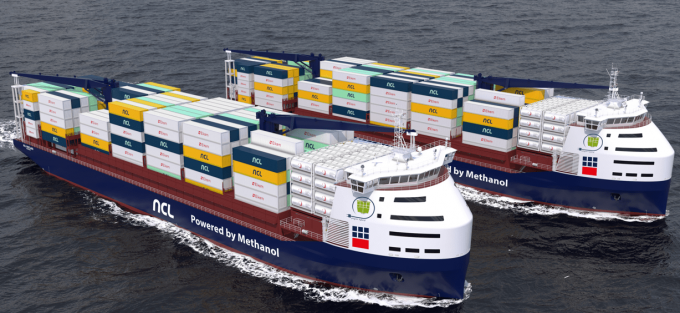Fortress SITC – liner shipping's insulated star performer
Is it a bird? Is it a plane? Nope, it’s a ship

Shippers hoping the burgeoning overcapacity in global liner trades may lead to a prolonged period of cheap freight rates may be disappointed, delegates at this year’s S&P TPM24 conference in Long Beach were told.
According to Jan Tiedemann, VP of liner strategy at consultancy AXS Alphaliner, 819 containerships are currently on order, amounting to a total capacity of 6.99m teu and representing nearly 25% of current global fleet capacity – and which, combined with weak demand, has led to predictions of ...
Amazon pushes into LTL for small package fulfilment and UPS does a u-turn
New senior management for DSV as it readies for DB Schenker takeover
Volumes set to 'fall off a cliff' as US firms hit the brakes on sourcing and bookings
Asian exporters scramble for ships and boxes to beat 90-day tariff pause
Temporary tariff relief brings on early transpacific peak season
'Tariff madness' will prompt renegotiation of ocean shipping contracts
Response to tariffs by Chinese importers may see extra costs for US shippers
Forwarders 'allowing the fox into the chicken run' by supporting 'hungry' carriers

Comment on this article